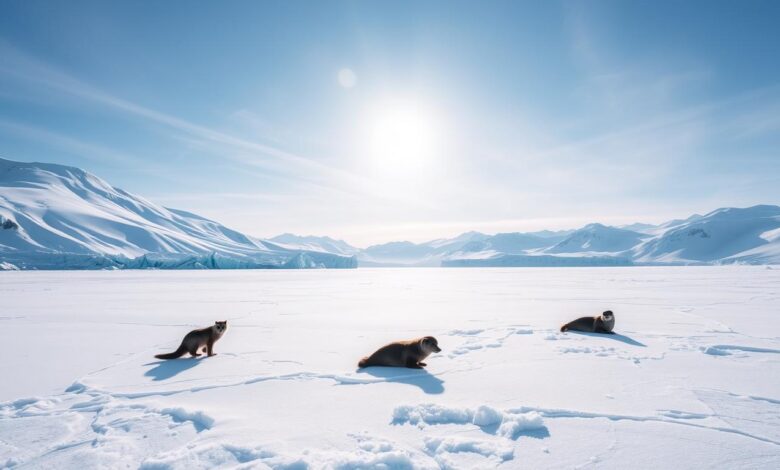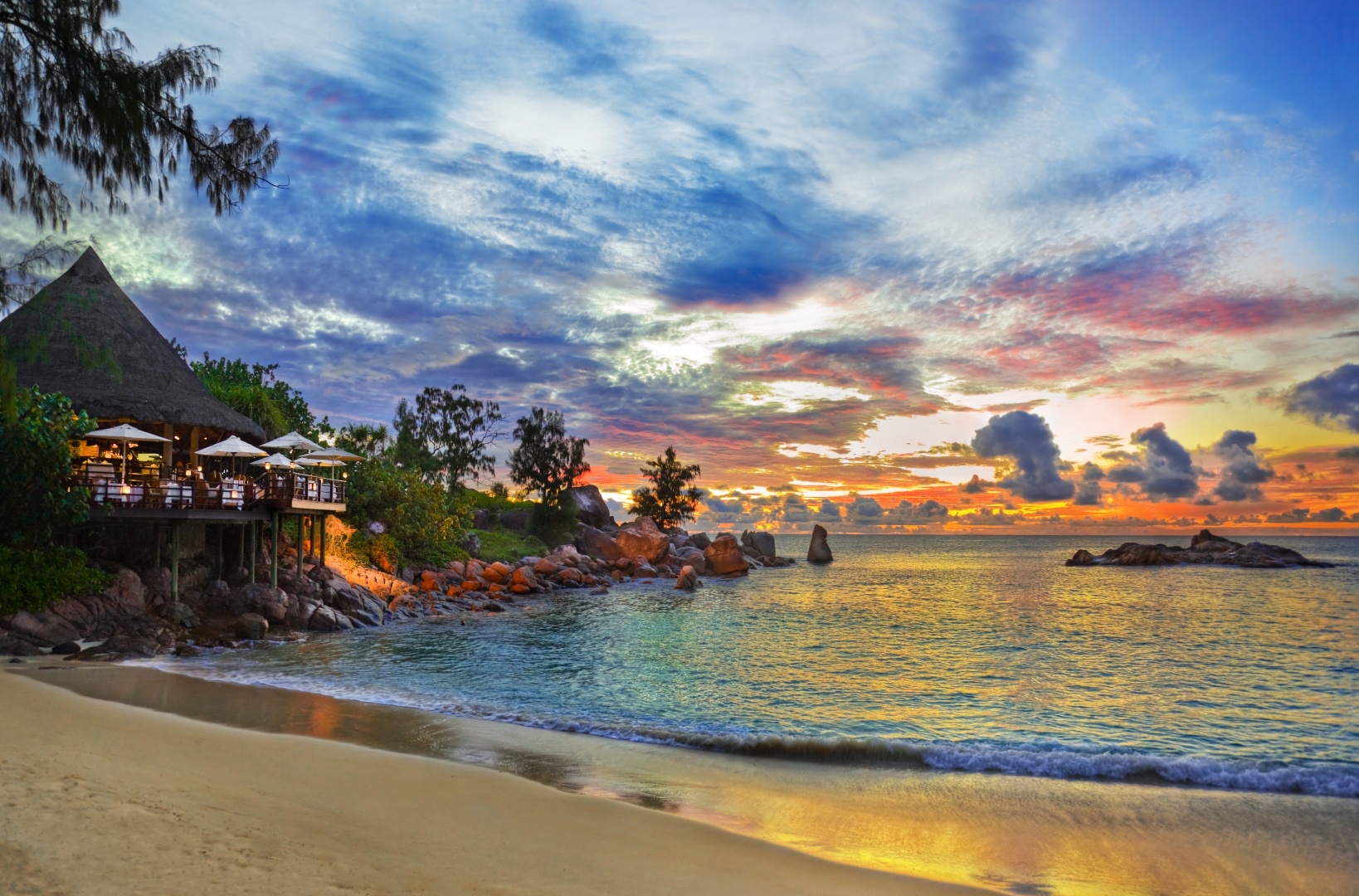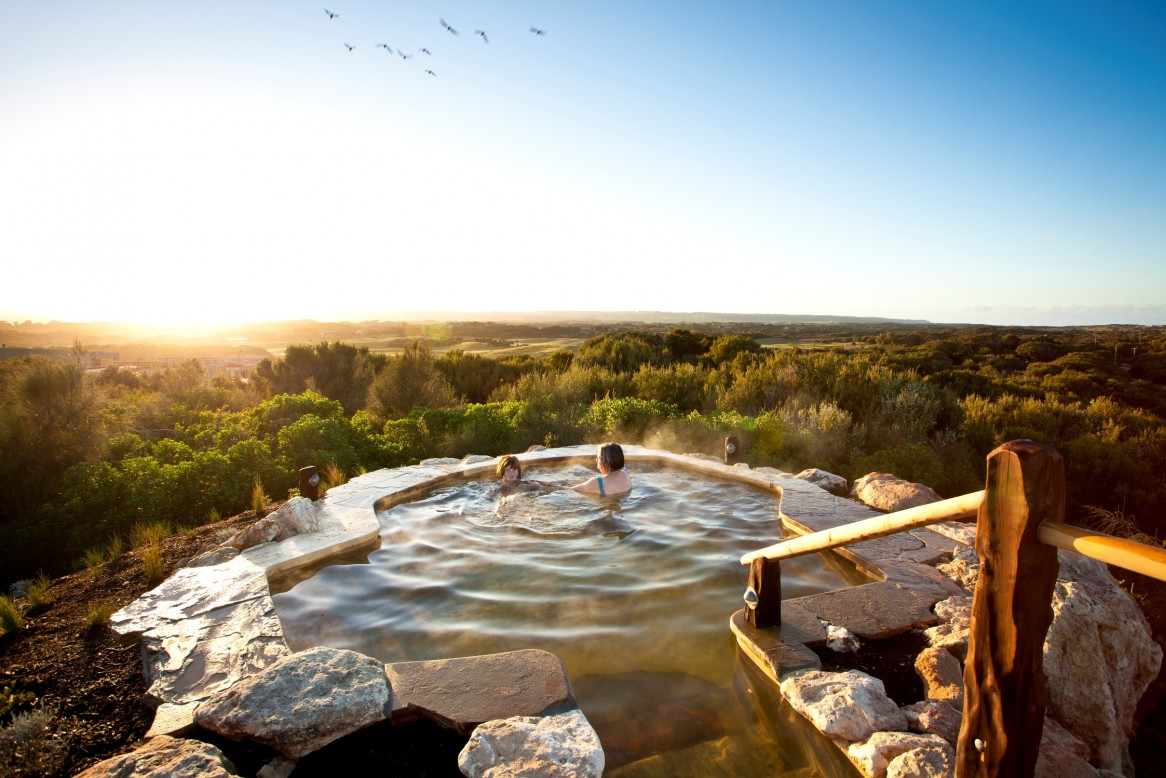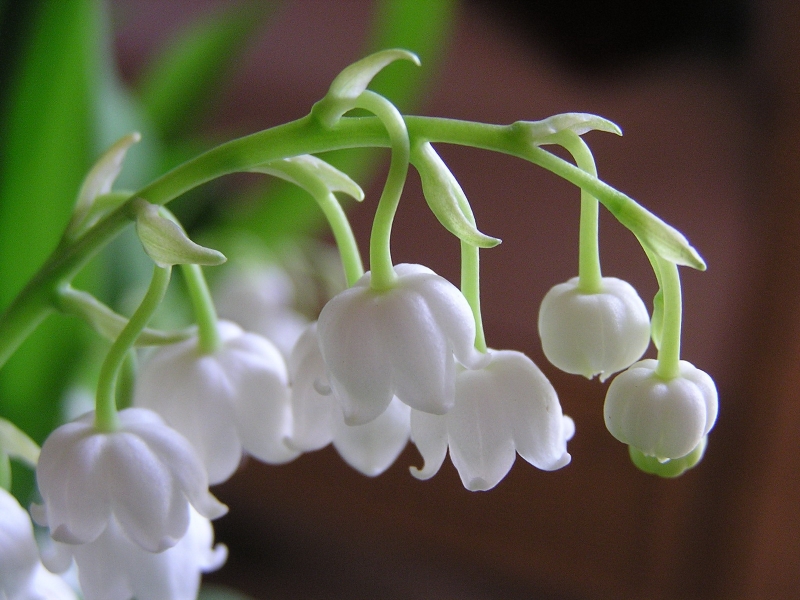
Top 10 Coldest Countries on Earth: Extreme Weather
Get ready to feel the chill as we explore the world’s coldest spots. Canada’s average yearly temperature is just 22.37°F. That’s even colder than Russia’s average of 22.82°F. But there’s more to the story in these icy nations.
We’ll journey from Siberia’s frozen tundra to the Andes’ icy peaks. We’ll look at geography, culture, and science to understand why these places are so cold. So, grab your warmest clothes as we dive into the top 10 coldest countries. Here, sub-zero temperatures and arctic winds rule.
Exploring the coldest parts of the world is a big challenge. Temperatures can drop below -40°F (-40°C). In these places, normal thermometers don’t work, and skin can freeze fast.
Despite the harsh conditions, these areas are key for science, exploration, and learning about our planet. They help us understand the complex cold landscapes.
Understanding Climate and Temperature Measurements
Scientists use special tools to measure temperatures in these cold spots. They face extreme cold, like at Vostok Station in Antarctica. There, the lowest temperature ever recorded was -128.6°F (-89.2°C).
Other places, like Verkhoyansk, Russia, and Oymyakon, Russia, are also very cold. Verkhoyansk’s January temperatures can be -44°F (-42°C). Oymyakon hit -90°F (-67.7°C) in 1933.
Importance of Studying Cold Regions
These cold areas are not just interesting for weather studies. They also offer insights for geology, astronomy, and extreme medicine. By studying life in these harsh conditions, we can discover new things.
As climate change changes our planet, studying these areas is more important than ever. It helps us understand and adapt to these changes.
The Coldest Countries: An Overview
The world’s coldest countries are in a fierce competition. These places are known for their freezing temperatures and icy landscapes. To find the coldest, we look at latitude, elevation, and how close they are to water.
Criteria for Ranking Cold Countries
We rank countries by their average yearly temperatures. Places near the poles are colder. High places, like the Tibetan Plateau, are also very cold.
The size of nearby water bodies and cold air masses matter too. These factors shape the extreme climates of arctic nations.
Summary of Key Factors Affecting Temperature
- Latitude: The closer a country is to the poles, the colder it tends to be.
- Elevation: Higher altitudes typically experience lower temperatures.
- Proximity to large water bodies: Coastal regions can be moderated by the temperature of nearby oceans or seas.
- Cold air masses: Persistent high-pressure systems, like the Siberian High, can bring freezing temperatures and sub-zero weather.
- Continental positioning: Landlocked countries tend to have more extreme temperature variations than coastal regions.
By looking at these factors, we understand the unique climates of the coldest countries. From Siberia’s frozen tundra to Antarctica’s ice sheets, each place has its own icy beauty.
1. Antarctica: The Ultimate Cold
Antarctica is the coldest place on Earth. It holds the record for the lowest temperature ever recorded, -93.2°C (-135.8°F), at Vostok Station in 2010. The winters are especially harsh, with temperatures often dropping below -70°C (-94°F).
Climate Characteristics and Weather Patterns
Antarctica’s climate is extreme. It has vast permafrost zones and very cold conditions. The temperatures can drop to -60°C (-76°F) in winter and rise to -28.33°C (-18°F) in summer.
The katabatic winds make the environment even harsher. These winds create a tough and unfriendly landscape.
Research Stations and Human Impact
Despite the cold, Antarctica has many research stations. Scientists study climate, geology, and even subglacial ecosystems like Lake Vostok here. However, the rise in tourism is a concern.
Over 122,000 tourists visited Antarctica in the latest season. This is a big jump from 44,000 in 2017. Cruise ships and their emissions worry about the future of this untouched area.
To lessen tourism’s impact, some cruise lines are using electric ships. They also teach passengers about environmental care. The Antarctic Treaty also helps by stopping permanent tourist buildings.
We must balance our curiosity with the need to protect Antarctica’s ecosystems. This way, we can enjoy exploring while keeping the environment safe for future generations.
2. Russia: The Frozen Expanse
Russia covers a huge area and is one of the coldest places on Earth. Siberia, in the heart of Russia, is known for its extreme cold. Oymyakon and Verkhoyansk are two towns that face temperatures below -50°C (-58°F).
The people of Siberia have found clever ways to live in the cold. They use special homes and heating systems to stay warm. They also wear fur clothes and eat foods high in protein and fat to stay warm.
Verkhoyansk is not just cold; it also gets very hot in the summer. This shows how extreme the weather can be there. The locals have learned to appreciate the beauty of their harsh climate.
Exploring Russia’s frozen lands teaches us about human strength. The people of Siberia show us how to survive and even thrive in extreme cold. Their stories inspire us to face our own challenges with courage and creativity.
3. Canada: The Great White North
Canada is famous for its vast northern areas. Here, winters are extremely cold. People living in places like the Yukon Territory and Northwest Territories have learned to deal with the cold.
Notable Cold Locations: Yukon and Northwest Territories
The Yukon Territory is in northwestern Canada. It holds the record for the coldest temperature in North America. On February 3, 1947, Snag hit a record low of -62.7°C (-81.4°F).
Further north, the Northwest Territories also face very cold winters. Temperatures often drop below -40°F (-40°C).
Lifestyle and Resilience in Extreme Weather
- Heated building entrances and special cold-weather gear are key for Canadians in the north. They help people deal with the permafrost and extreme cold.
- Indigenous communities, like the Inuit and First Nations, have learned to live well in the Antarctic regions. They pass down survival skills to their children.
- People in the north are very resilient and resourceful. They are able to face the challenges of living in one of the coldest parts of the world.
| Location | Lowest Recorded Temperature |
|---|---|
| Snag, Yukon | -62.7°C (-81.4°F) |
| Northwest Territories | -40°C (-40°F) |
4. Greenland: A Land of Ice
Greenland is a heart of polar environments, known for its cold and stunning ice landscapes. It has 98% of its area covered in ice. The Klinck Research Station, near the highest ice point, has seen temperatures drop to -69.4°C (-93°F).
Greenland is the world’s largest island, stretching 1,660 miles long and 650 miles wide. It has a small population of 56,483 people. Despite its cold, Greenland is becoming a popular tourist spot, offering a unique culture and natural beauty.
Unique Climate Features of Greenland
Greenland’s climate is very cold, with winter temperatures rarely above -9°C (16°F). Summer temperatures can reach 40-50°F, but it’s still cold. The rugged coastline and glaciers make it a beautiful but challenging place.
Impact of Climate Change on Ice Caps
Greenland’s ice sheet is a key indicator of climate change. It has melted a lot in recent years. Rising temperatures threaten Greenland’s ice, affecting the whole planet. Scientists and leaders are watching closely, trying to find ways to protect this fragile area.
Greenland’s cold and beauty attract visitors worldwide. As we face climate change, we must work hard to save this special place. It’s important for future generations.
5. Norway: The Arctic Circle
Norway is in the Arctic Circle and has some of Europe’s coldest spots. The Finnmarksvidda plateau in northern Norway is very cold. The village of Karasjok once hit -60°F (-51°C).
Despite the cold, Norwegians are warm and welcoming. They have special traditions for the long, dark winters.
The Coldest Regions: Svalbard and Finnmark
Most of Norway is mild thanks to the Gulf Stream. But Svalbard and Finnmark are different. They are very cold, with average temperatures around 35.20°F (1.78°C).
Svalbard, near the North Pole, can drop to -40°F (-40°C) in winter.
Local Traditions and Adaptations
- Norwegians love the outdoors. They enjoy skiing, dog sledding, and ice fishing.
- They wear special Sami clothes, called gákti, to stay warm in the cold.
- The idea of hygge brings comfort and togetherness during the long winters.
Norwegians have learned to live well in the cold. They show how people can thrive in tough places.
6. Finland: Lapland’s Frosty Wilderness
Finland’s northernmost parts are covered in frigid winters and permafrost. The country has turned these harsh conditions into a booming winter tourism scene. Finnish Lapland, with its vast, frosty wilderness, is a prime example. Here, the indigenous Sami people have perfected survival skills over thousands of years.
Winter Activities and Culture in Finnish Lapland
The winters in Lapland can last up to 200 days. This has led to a wide range of winter activities that draw visitors from everywhere. You can ski, snowmobile, or watch the Northern Lights in this winter wonderland.
Christmas markets in Rovaniemi and Kemi are a highlight. They show off the region’s culture with crafts, food, and Finnish warmth.
The Role of Sami People in Winter Survival
The Sami people know how to survive the cold. They’ve adapted to Lapland’s harsh winters over generations. Their traditional clothes, like gákti and mukluk boots, and their reindeer herding skills are just a few examples.
Exploring Finland’s icy landscapes teaches us about the Sami’s resilience. We learn about their survival methods and traditions. Finland’s Lapland is a unique and unforgettable place in the frigid north.
7. Sweden: The Northern Cold
Sweden’s northern areas often see temperatures drop below -40°F. The town of Malgovik in Västerbotten County holds the record for Sweden’s lowest temperature at -63.4°F. Despite the cold, Sweden leads in cold-weather tech and sustainable Arctic buildings.
Key Locations: Kiruna and Luleå
In Sweden’s far north, Kiruna and Luleå are key to beating the cold. Kiruna, near the Arctic Circle, is very cold, with winter temps around -22°F. The people there have cleverly built their homes and buildings to handle the cold.
Innovations in Cold Weather Technology
Sweden’s harsh arctic climate has driven innovation. Companies and researchers have created new tech for sub-zero environments. This includes warm clothing, energy-saving heaters, and special building materials for frozen landscapes. These advancements help Swedes stay warm and show Sweden’s role in Arctic sustainability.
| Swedish Company | Innovation |
|---|---|
| Norrøna | High-performance outdoor apparel designed for extreme cold |
| IKEA | Energy-efficient home heating solutions for Nordic climates |
| Skanska | Pioneering sustainable Arctic architecture and construction |
As climate change affects us, Sweden’s cold-weather know-how is more important. Sweden is leading the way with new tech and designs for a sustainable future in frozen landscapes.
8. Iceland: Land of Fire and Ice
Iceland sits in the North Atlantic Ocean, a place of contrasts. The Arctic’s icy grip meets geothermal heat here. With only 350,000 people, it’s a natural wonder with a diverse landscape that amazes everyone.
Unique Geothermal Features vs. Cold Climate
Iceland’s climate is milder than expected, thanks to the North Atlantic Gyre. Yet, it has long, dark winters and Europe’s biggest glacier, Vatnajökull. Its geology contrasts icy landscapes with hot springs, fumaroles, and volcanoes like Hekla, which erupts every 10 years.
Seasonal Variations and Their Effects
The climate in Iceland changes a lot with the seasons. Winters are snowy, with the northern lights at night. Summers are lively, with the Laugavegur Trail and green forests of Þórsmörk attracting hikers. Icelanders use geothermal energy for heating and special gear to survive the cold.
| Iceland Statistics | Value |
|---|---|
| Population | 350,000 |
| Glacier Coverage | 11% |
| Geothermal Energy for Heating | 90% |
| Hydroelectric Electricity Usage | 31 “cold zones” |
| Global Energy Consumption from Fossil Fuels | 15% |
9. Mongolia: The Land of the Eternal Blue Sky
Mongolia is in the heart of Central Asia. It has winters that can get very cold and summers that can get very hot. Despite the harsh glacial terrains and extreme cold temperatures, it’s a place of wonder. It shows a way of life that has lasted for centuries.
Temperature Extremes in Ulaanbaatar
Ulaanbaatar, the capital, is the coldest capital in the world. In winter, it can get as cold as -40°F. Yet, the people there have learned to live with these subzero temperatures and glacial terrains.
The Nomadic Lifestyle in Harsh Climates
Many Mongolians still live as nomads. They move their animals across the cold countryside. They have found ways to survive and even thrive in these harsh conditions.
They build strong tents called “gers” and make warm clothes. The Mongolian nomads have learned to live well in the glacial terrains.
Mongolia is a land of resilience and beauty. Its people keep adapting and finding new ways to live in their unique climate. Their way of life is both captivating and inspiring.
10. Kazakhstan: Cold Winds of the Steppe
Kazakhstan is in the heart of Central Asia. It has cold winds from the arctic and hot desert heat. In the north, winters are very cold, sometimes below -40°F (-40°C).
The country’s climate is shaped by its location near Siberia. This creates a harsh environment for those who live there.
Winter Conditions in Northern Kazakhstan
The north of Kazakhstan has very cold winters. Snow covers the land for up to 100 days. In Nur-Sultan, the capital, January temperatures can be as low as -14.5°C (5.9°F).
Summers are a bit warmer, with July temperatures around 21°C (69.5°F). Other northern areas like Atyrau and Aral also face extreme cold, with temperatures from -6°C (21°F) to -10.5°C (13°F) in winter.
Historical and Cultural Impacts of the Cold
The harsh winters have deeply influenced Kazakhstan’s history and culture. The nomadic Kazakh people have adapted to the extreme arctic climates and frigid temperatures. Their traditional clothes, buildings, and food choices all reflect this adaptation.
| Location | Average Winter Temperature | Annual Precipitation |
|---|---|---|
| Nur-Sultan | -14.5°C (5.9°F) | 340 mm (13.5 inches) |
| Atyrau | -6°C (21°F) | 185 mm (7.5 inches) |
| Aral | -10.5°C (13°F) | 150 mm (6 inches) |
Conclusion: Life in the Cold
Exploring the world’s coldest countries shows us how people survive in freezing winters and permafrost lands. The Sami people of Finnish Lapland and Mongolia’s nomadic cultures are examples. They’ve adapted their lives, clothes, and homes to the extreme cold.
Despite the cold, these nations have preserved their culture. They use nature’s power, like hydropower and geothermal heating, to keep their communities warm. They also enjoy winter activities and traditions, like ice fishing in Greenland and the Reindeer Festival in Russia’s Siberia.
Survival Strategies Across Different Cultures
These cold-weather dwellers have learned to adapt. They’ve found ways to keep their homes warm and food fresh, even in harsh winters. The Inuit in Canada build snow shelters, while Mongolians use their livestock for food and protection.
These cultures have a deep respect for nature. This connection helps them thrive in places where others might struggle.
The Future of Cold Countries Amid Climate Change
But, these cold countries face big challenges. Climate change is warming the planet, threatening their ecosystems. Glaciers are melting, permafrost is thawing, and weather patterns are changing.
Adaptation and resilience will be crucial for these nations’ future. They must find new ways to keep their traditions alive while using modern technology to survive.
The story of life in the cold is about human creativity, preserving culture, and the spirit of those living in icy lands. As we learn more about these regions, we gain valuable lessons about adapting and respecting nature.
Additional Resources
If you’re curious about the coldest countries and their extreme weather, there’s a lot to explore. You can find scientific studies on polar research and permafrost landscapes. There are also travel guides that show the beauty and toughness of these places.
Recommended Reading and References
For a deep dive, check out publications from top polar research centers. The National Snow and Ice Data Center, the Alfred Wegener Institute, and the International Arctic Science Committee are great sources. They offer insights into the climate, environmental issues, and ongoing research in the coldest areas.
Travel guides like Lonely Planet’s “Polar Regions” and National Geographic’s “Ultimate Journeys for Two” are also worth reading. They share stories of the cultures, traditions, and outdoor activities found in these cold places.
For updates on climate change’s effects on these countries, look at reports from the IPCC and AMAP. These organizations discuss how global warming, melting ice, and the future of life in polar regions are connected.

















